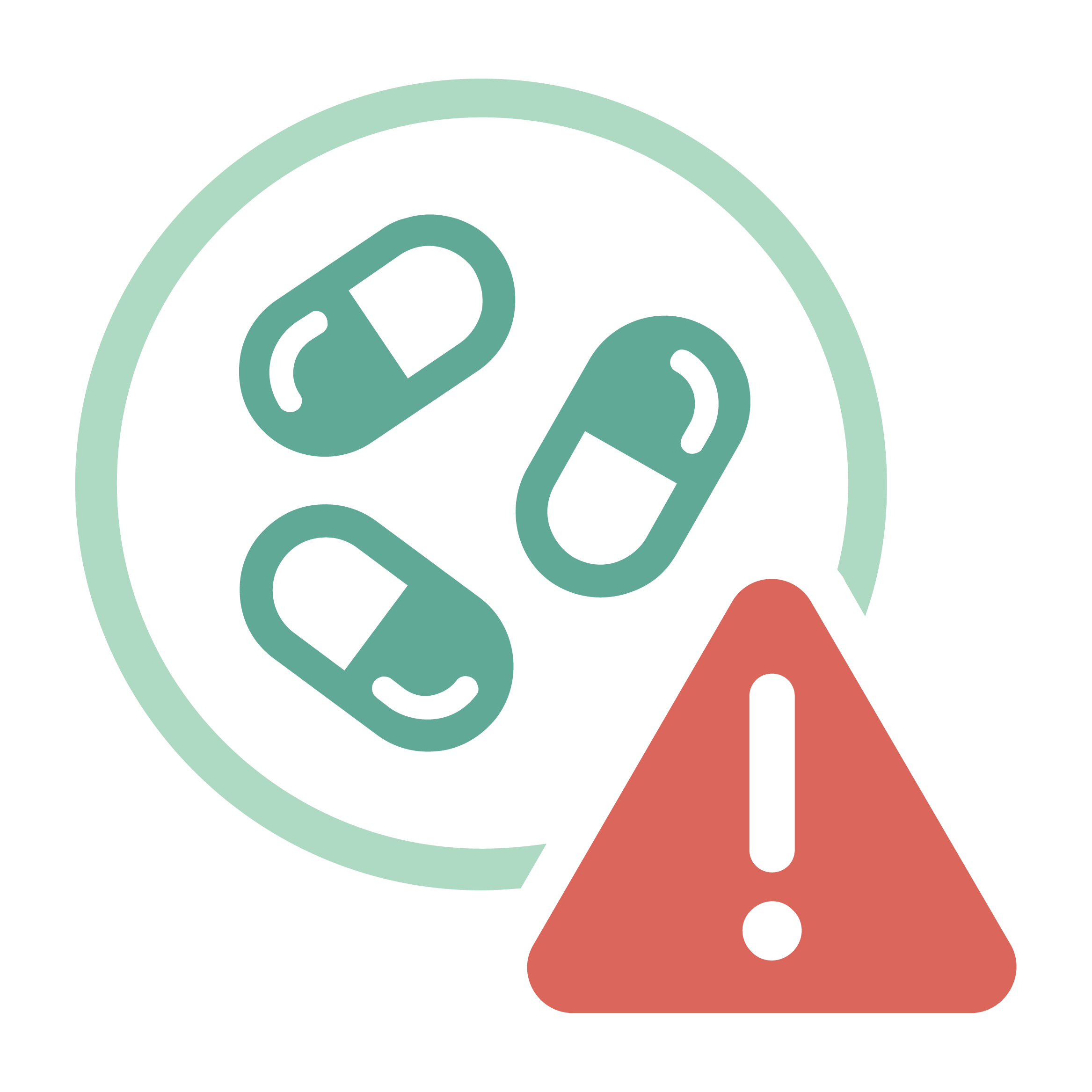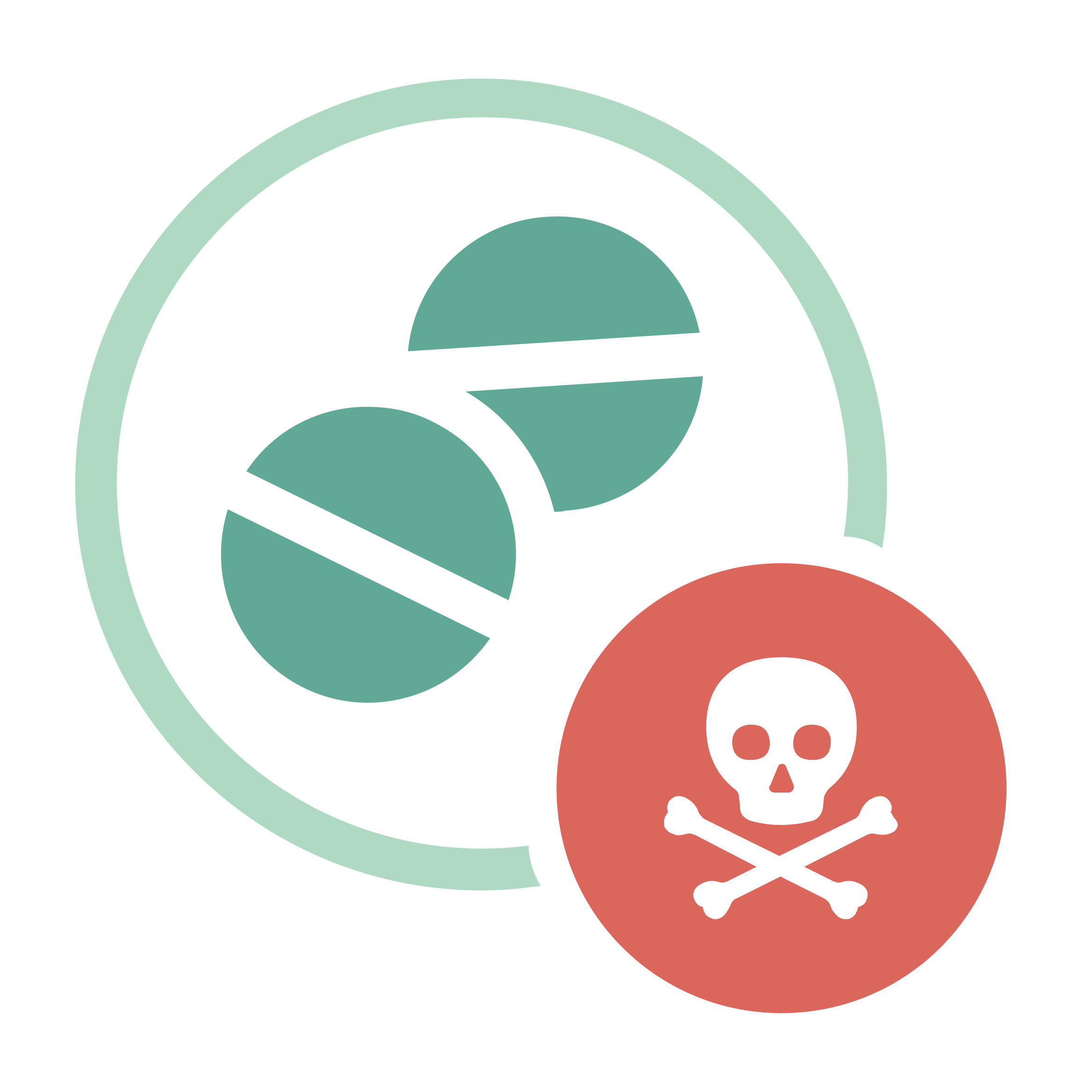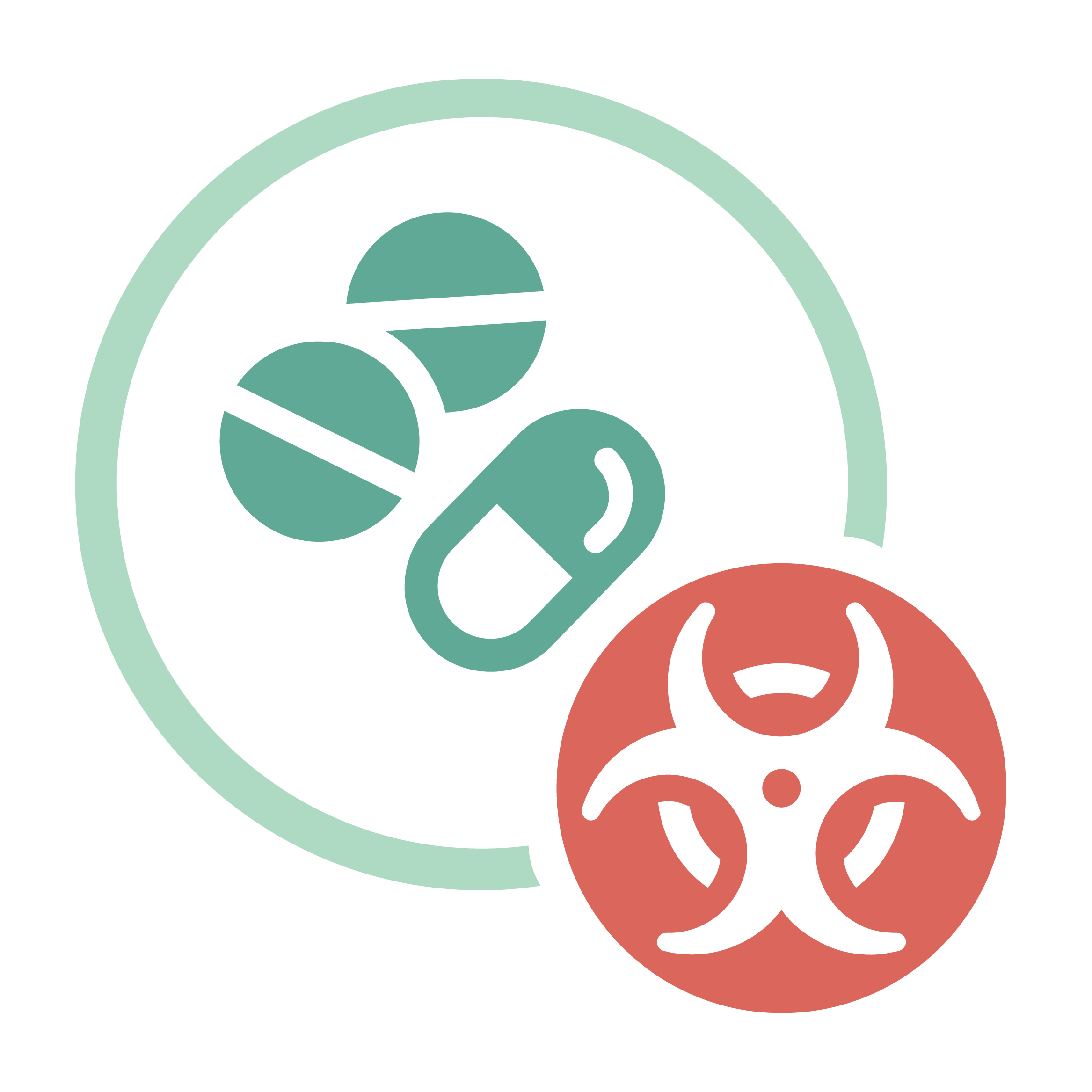Opioid – The Killer Drug
Opioids Are Harmful
According to the United Nations World Drug Report 2021, opioids are the most harmful drug type, accounting for the largest burden of disease and mortality associated with drug use.
Overdose Deaths
According to CDC, Opioid-involved overdose deaths rose from 21,089 in 2010 to 47,600 in 2017 and remained steady through 2019. This was followed by a significant increase in 2020 with 68,630 reported deaths and again in 2021 with 80,411 reported overdose deaths.
The Epidemic
The opioid epidemic in the US is a problem because it has resulted in a significant increase in overdose deaths and addiction. According to the Centers for Disease Control and Prevention (CDC), from 1999 to 2020, nearly 564,000 people in the US died from an opioid overdose.
Recognizing an opioid overdose can be difficult.
If you aren’t sure, it is best to treat the situation like an overdose—you could save a life. Call 911 or seek medical care for the individual. Do not leave the person alone. Signs of an overdose may include:
Signs of an Overdose

What is your role in preventing opioid-related overdoses?
- Learn more about opioids so you can help people who are most at risk for opioid use disorder and overdose in your community.
- Provide tools and information for healthcare professionals working on overdose prevention and treatment.
- Help those struggling with opioid use disorder find the right care and treatment.
- Increase awareness and share best practices with providers and patients in your community.





